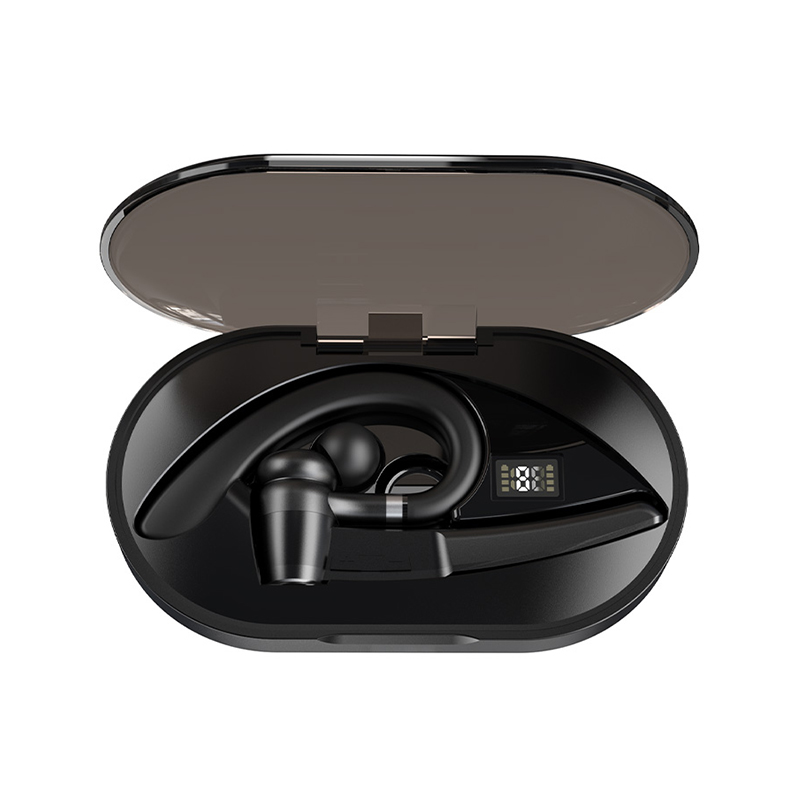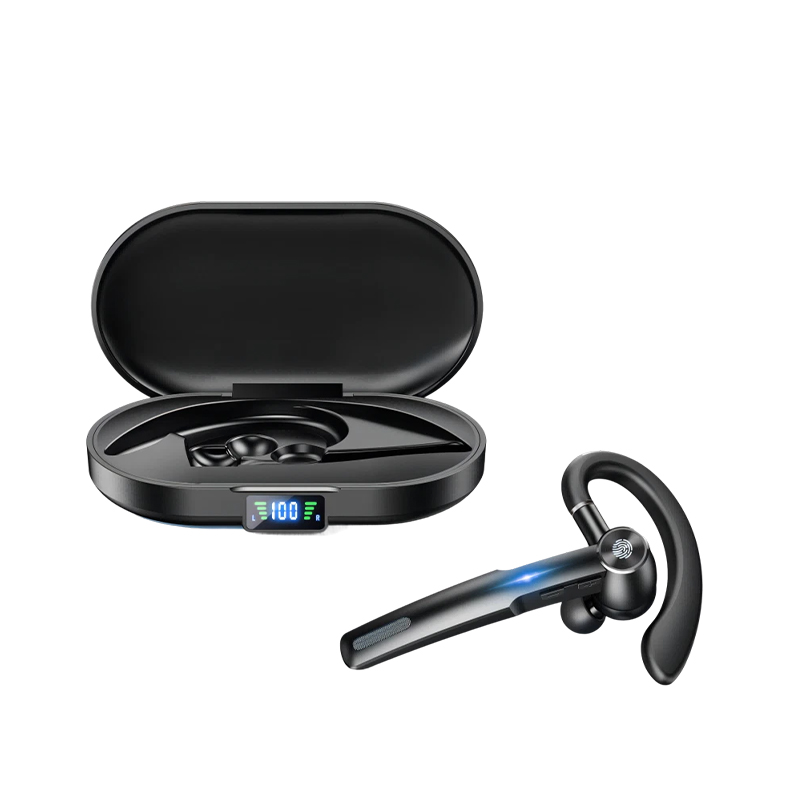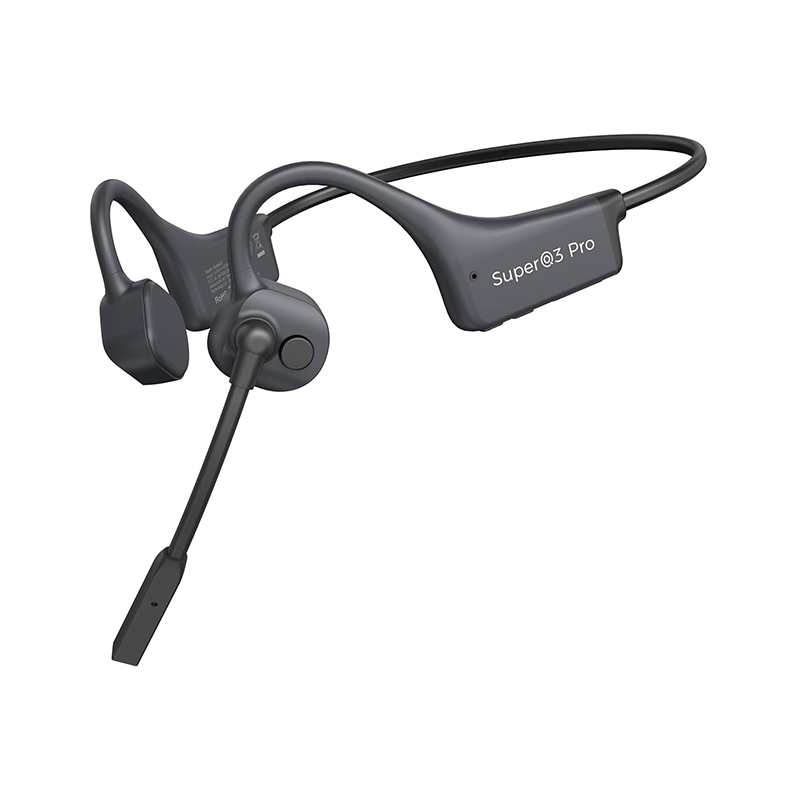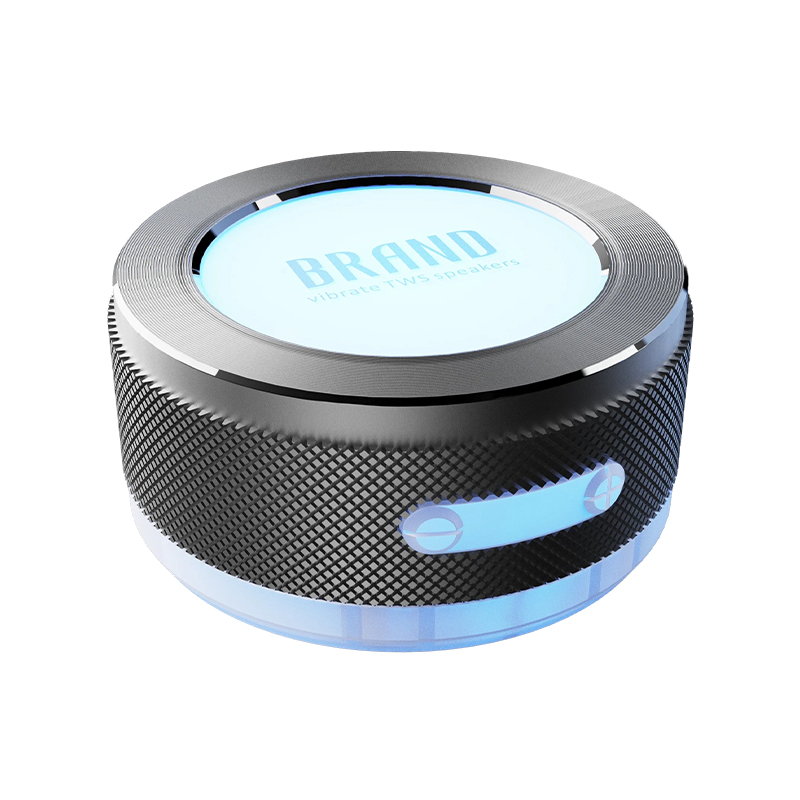How does the Sleep Aid Speaker use pink noise to effectively block out distracting ambient noise?
Release Time : 2025-08-14
In the hustle and bustle of modern society, quality sleep has become a scarce luxury. As a technological intervention that gently addresses basic human needs, the Sleep Aid Speaker's significance goes far beyond simply playing soothing music. It is a "sleep environment shaper" that integrates acoustic engineering, neuroscience, environmental psychology, and intelligent interaction. Through precise sound intervention, it aims to guide the disturbed nervous system back to calm, helping people cross the invisible threshold from wakefulness to deep sleep and reestablish a harmonious relationship with the night.
The depth of the Sleep Aid Speaker is first reflected in its scientific application of the principles of "sound therapy." Rather than simply playing looped white noise or natural sounds, it is based on in-depth research on the relationship between human brainwave activity (such as alpha, theta, and delta waves) and sound frequency and rhythm. The device's built-in audio library includes acoustically optimized special sound patterns such as pink noise, isochronic tones, and binaural beats. Pink noise effectively masks disruptive sounds in the environment, creating a uniform acoustic background. Binaural beats, by delivering pure tones with a slight frequency difference between the left and right ears, create a "difference frequency" effect in the brain, inducing brainwave synchronization toward a state of relaxation or sleep. This neuroacoustic technology transforms sound into a quantifiable "neuromodulatory tool," rather than simply auditory background.
Their innovative approach is deeply rooted in the dynamic perception of sleep cycles and personalized intervention. High-end sleep aid speakers are equipped with contactless sleep monitoring sensors (such as radar or piezoelectric sensors) that track the user's breathing rate, heart rate variability, and body movements in real time, accurately determining the sleep stage (light sleep, deep sleep, REM sleep). Based on this data, the device can intelligently respond: automatically playing meditation audio or progressive muscle relaxation to guide deep relaxation during periods of sleep difficulty; gently reintroducing a sleep-inducing soundscape upon awakening during the night to prevent full awakening; and, in the morning, gradually increasing natural light and bird sounds during light sleep, based on a set wake-up window, to reduce sleep inertia. This closed-loop "sense-response" system achieves a leap from passive playback to active management.
At a deeper level, innovation lies in the collaborative creation of a multimodal environment. Sleep aid speakers are often deeply integrated with smart lighting systems to create a "sound-light co-tuned" sleep environment. For example, before bed, the lights dim in sync with soothing music, simulating a sunset and promoting melatonin secretion. While playing ocean sounds, the lights can create soft blue ripples. Some products also incorporate aromatherapy diffusers, releasing sleep-inducing essential oils like lavender and chamomile, further amplifying relaxation signals through smell. This cross-sensory synergy more effectively activates the body's relaxation response, creating a fully enveloping "sleep cocoon."
Ultimately, the value of a sleep aid speaker lies in its technological response to our most fundamental physiological needs. It understands that the root causes of sleep disorders are often psychological anxiety, environmental disturbances, and circadian rhythm imbalances. Therefore, it doesn't provide a mandatory "shutdown" command. Instead, it provides gentle, continuous, and personalized voice companionship, restoring the brain's trust in a "safe sleep environment." On countless sleepless nights, this small device acts like a silent guardian, gently smoothing the wrinkles of thoughts with carefully designed sound waves, guiding consciousness to slowly sink into the gentle embrace of darkness. It's not just a tool for improving sleep; it's also a smart partner for modern people to combat stress and seek inner peace, proving that technology can so delicately serve the essential needs of life.
The depth of the Sleep Aid Speaker is first reflected in its scientific application of the principles of "sound therapy." Rather than simply playing looped white noise or natural sounds, it is based on in-depth research on the relationship between human brainwave activity (such as alpha, theta, and delta waves) and sound frequency and rhythm. The device's built-in audio library includes acoustically optimized special sound patterns such as pink noise, isochronic tones, and binaural beats. Pink noise effectively masks disruptive sounds in the environment, creating a uniform acoustic background. Binaural beats, by delivering pure tones with a slight frequency difference between the left and right ears, create a "difference frequency" effect in the brain, inducing brainwave synchronization toward a state of relaxation or sleep. This neuroacoustic technology transforms sound into a quantifiable "neuromodulatory tool," rather than simply auditory background.
Their innovative approach is deeply rooted in the dynamic perception of sleep cycles and personalized intervention. High-end sleep aid speakers are equipped with contactless sleep monitoring sensors (such as radar or piezoelectric sensors) that track the user's breathing rate, heart rate variability, and body movements in real time, accurately determining the sleep stage (light sleep, deep sleep, REM sleep). Based on this data, the device can intelligently respond: automatically playing meditation audio or progressive muscle relaxation to guide deep relaxation during periods of sleep difficulty; gently reintroducing a sleep-inducing soundscape upon awakening during the night to prevent full awakening; and, in the morning, gradually increasing natural light and bird sounds during light sleep, based on a set wake-up window, to reduce sleep inertia. This closed-loop "sense-response" system achieves a leap from passive playback to active management.
At a deeper level, innovation lies in the collaborative creation of a multimodal environment. Sleep aid speakers are often deeply integrated with smart lighting systems to create a "sound-light co-tuned" sleep environment. For example, before bed, the lights dim in sync with soothing music, simulating a sunset and promoting melatonin secretion. While playing ocean sounds, the lights can create soft blue ripples. Some products also incorporate aromatherapy diffusers, releasing sleep-inducing essential oils like lavender and chamomile, further amplifying relaxation signals through smell. This cross-sensory synergy more effectively activates the body's relaxation response, creating a fully enveloping "sleep cocoon."
Ultimately, the value of a sleep aid speaker lies in its technological response to our most fundamental physiological needs. It understands that the root causes of sleep disorders are often psychological anxiety, environmental disturbances, and circadian rhythm imbalances. Therefore, it doesn't provide a mandatory "shutdown" command. Instead, it provides gentle, continuous, and personalized voice companionship, restoring the brain's trust in a "safe sleep environment." On countless sleepless nights, this small device acts like a silent guardian, gently smoothing the wrinkles of thoughts with carefully designed sound waves, guiding consciousness to slowly sink into the gentle embrace of darkness. It's not just a tool for improving sleep; it's also a smart partner for modern people to combat stress and seek inner peace, proving that technology can so delicately serve the essential needs of life.







